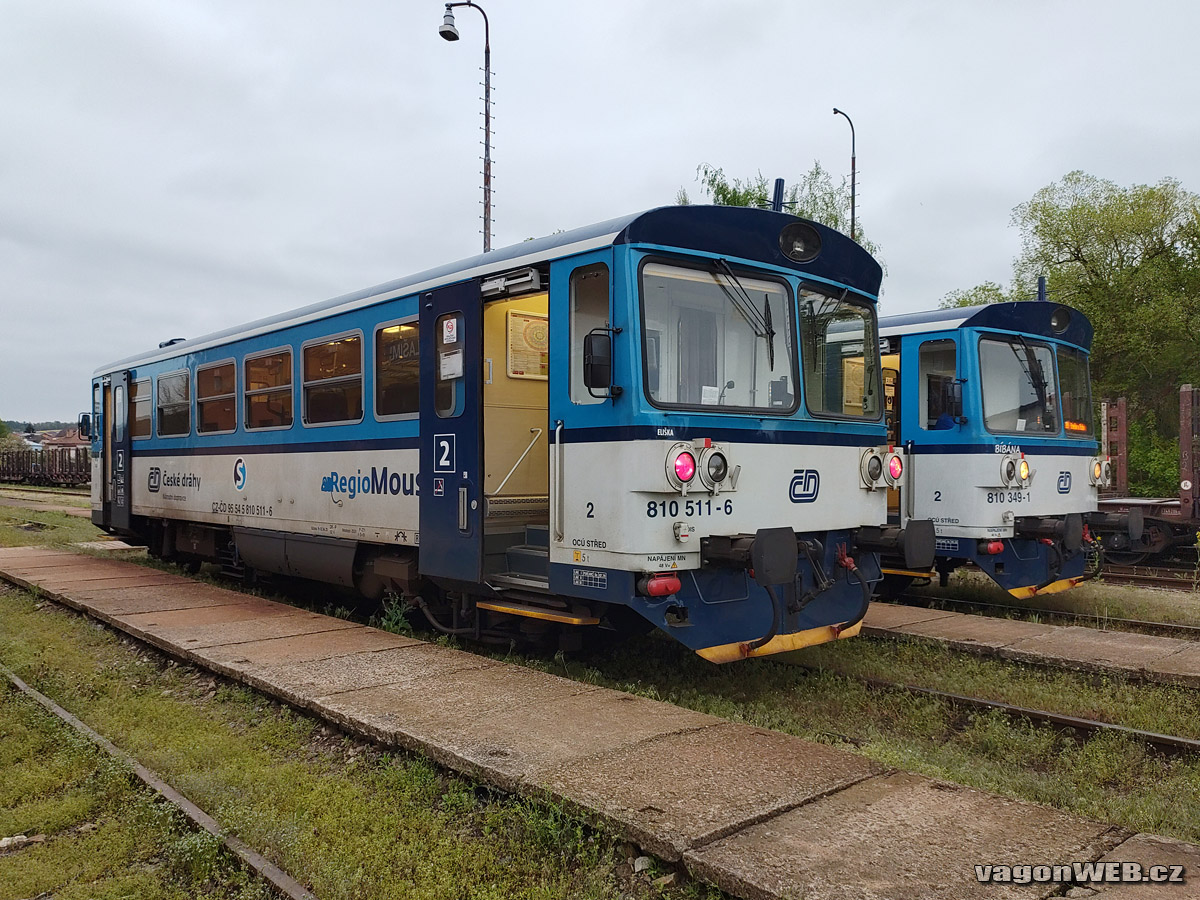I think that on a number of lines, presumably ones where they took over directly from steam, they caused passenger numbers to go up so much that they had to be replaced by DMUs or loco and coaches, which meant that part of the savings immediately disappeared. Just about the only ones of their services to survive were the Braintree branch and the stub to Sudbury of the Marks Tey-Cambridge one.
This is admittedly "nitpicking and hairsplitting": but my understanding (could be wrong here) has been that railbus services on the Marks Tey -- Sudbury section were "exceptional", not routine -- the units were used on the Witham to Braintree, and Maldon, branches; also on the Audley End -- Saffron Walden -- Bartlow service. Railbuses were transferred when necessary, in the interests of servicing / maintenance, between these two venues: when they did so, performing revenue-earning passenger runs on the normally DMU-worked intervening lines -- via the Colne Valley & Halstead line until that closed in, I think (haven't got the book handy) 1961; from then till closure of both Maldon, and Saffron Walden, lines in 1964, presumably running Bartlow -- Long Melford -- Sudbury -- Marks Tey.
In one sense they were doomed to "failure". Where they were well received, traffic outgrew them; where they were sufficient for the traffic, the line was probably a basket case.
Their German cousins lasted much longer (I believe one still operates) but once a line was down to a single rail bus pulling no trailers the writing was usually on the wall. Some still ( not really) earning their keep further east
(My bolding) I find this "equation" extremely saddening (although probably very true) -- very-small railbuses are "damned", whichever way things go ! I admit to being a hopeless sentimentalist about hopeless highly rural and highly minor passenger lines. The idea of very small single railmotors for such lines was not, as at the 1960s, in itself all that new -- some European countries had turned on a fair scale to this way of trying to handle such situations, starting from the early 1920s. Great Britain was definitely not among those countries, especially re its major railway companies and their branch lines; more happened on that scene, from early on, in Ireland -- notably in that island's more northerly reaches: the Great Southern was, if I'm right, not interested.
Discussion of Germany's counterparts to BR's four-wheel railbuses brings to mind a matter coeval dates-wise with this experiment of BR's, in another Continental country: that which used to be Yugoslavia. As at certainly the late 1960s, and for long after: the Yugoslav Railways owned and ran large numbers of railbuses very similar in appearance to the British and German ones discussed upthread; in a standard silver livery. Yugoslavia and its railways were many things; but inclining boringly to follow the herd, was not one of them. Yugoslav Railways' standard practice was to run these units in multiple: in my admittedly fairly small first-hand experience of that scene (two briefish visits, in 1970 and 1982), numbers anything between two; and "the sky seemed to be the limit". Presumably things were so arranged that there was one driver to handle the whole equipage. Served thus, were not just small back-of-beyond branches; but a good many secondary lines higher in the "pecking order" -- a line's railbus-constituted workings appeared very often to be intermixed, seemingly randomly, with loco-hauled-passenger-stock ones. I seem to recall seeing some time in the past few years, an item telling of at the time of its appearance: these units finally becoming extinct in regular service, in any of the countries which used to be Yugoslavia.
en.wikipedia.org

